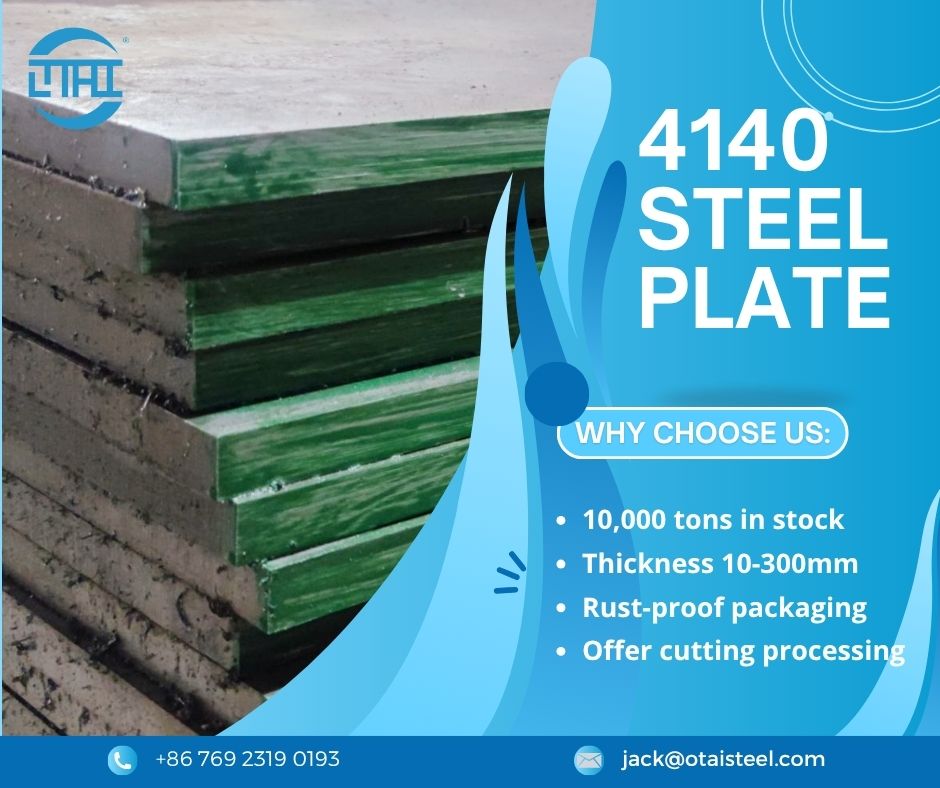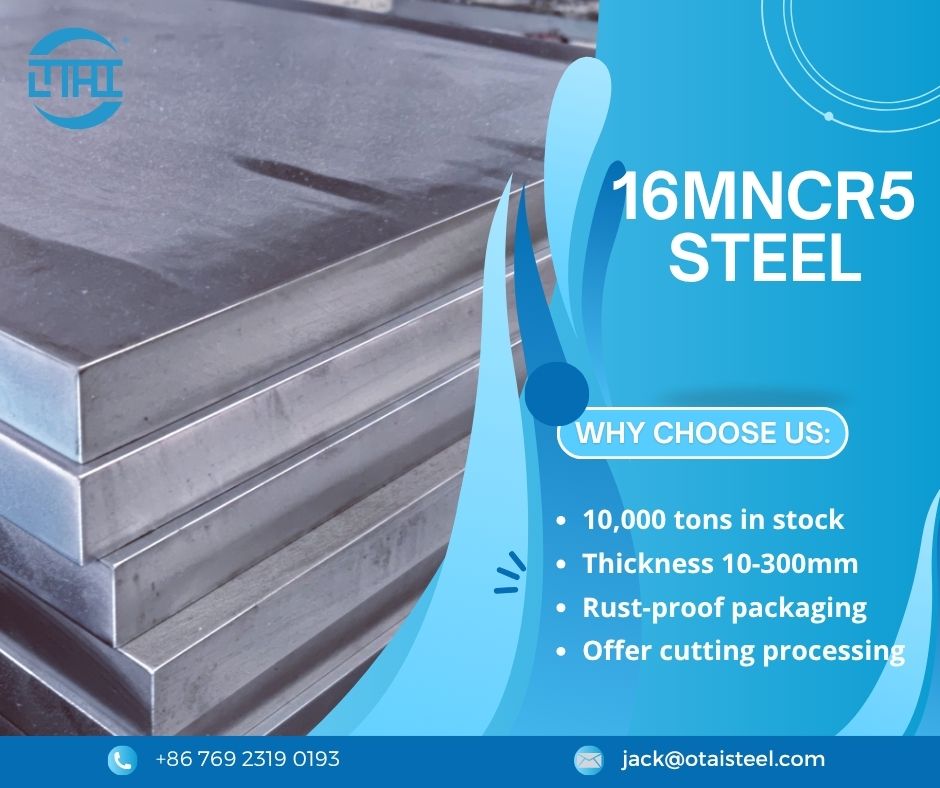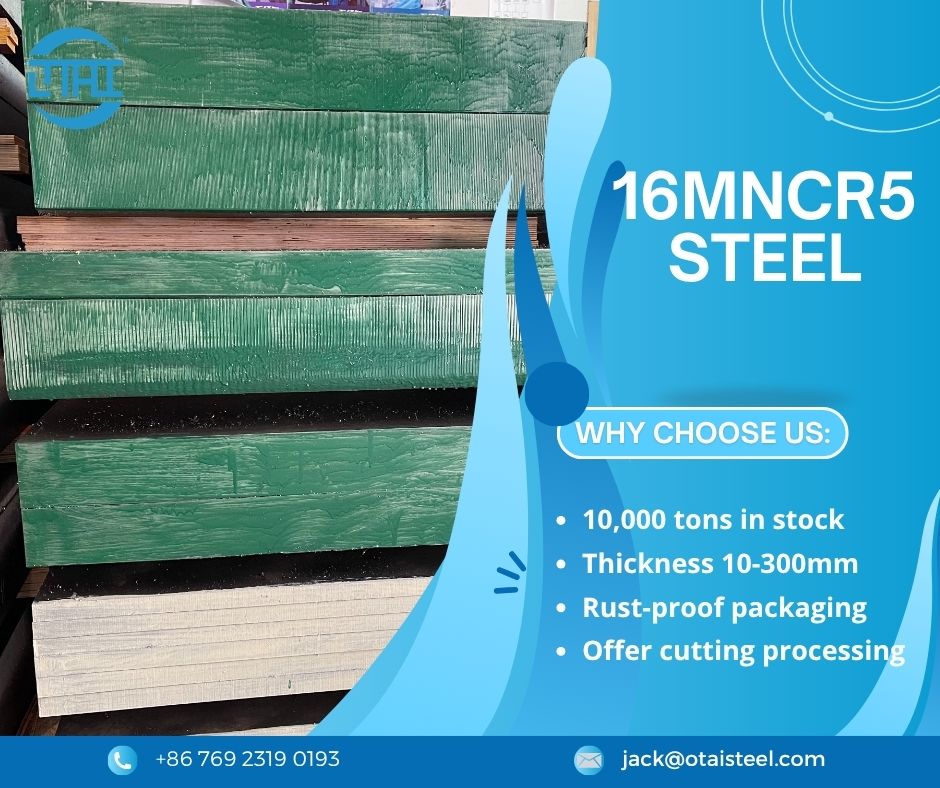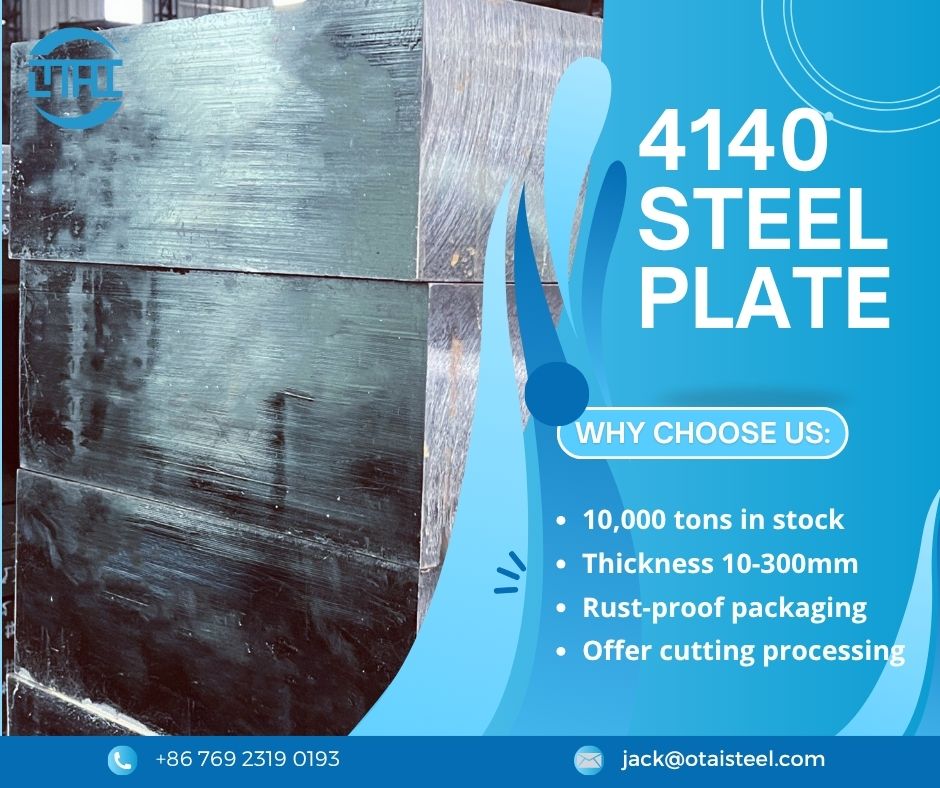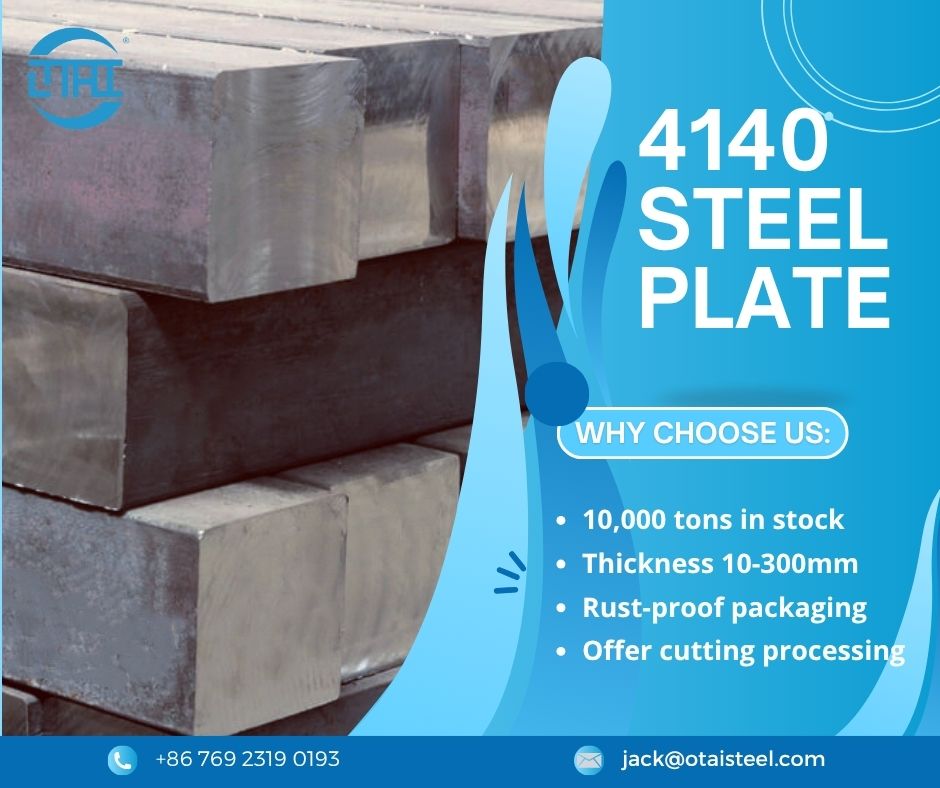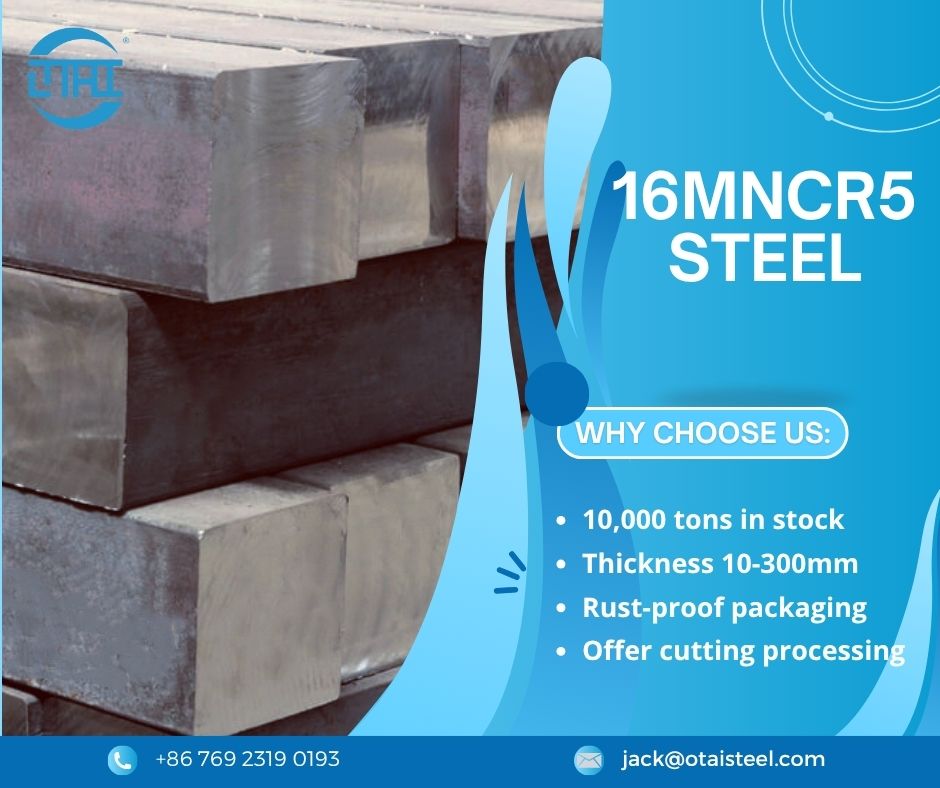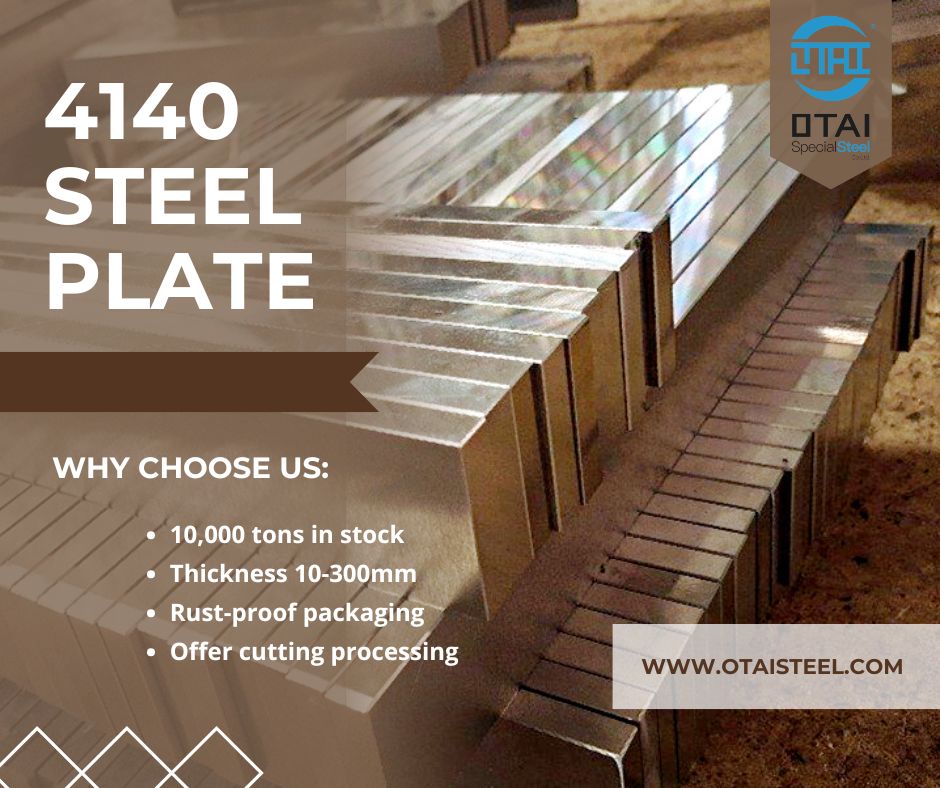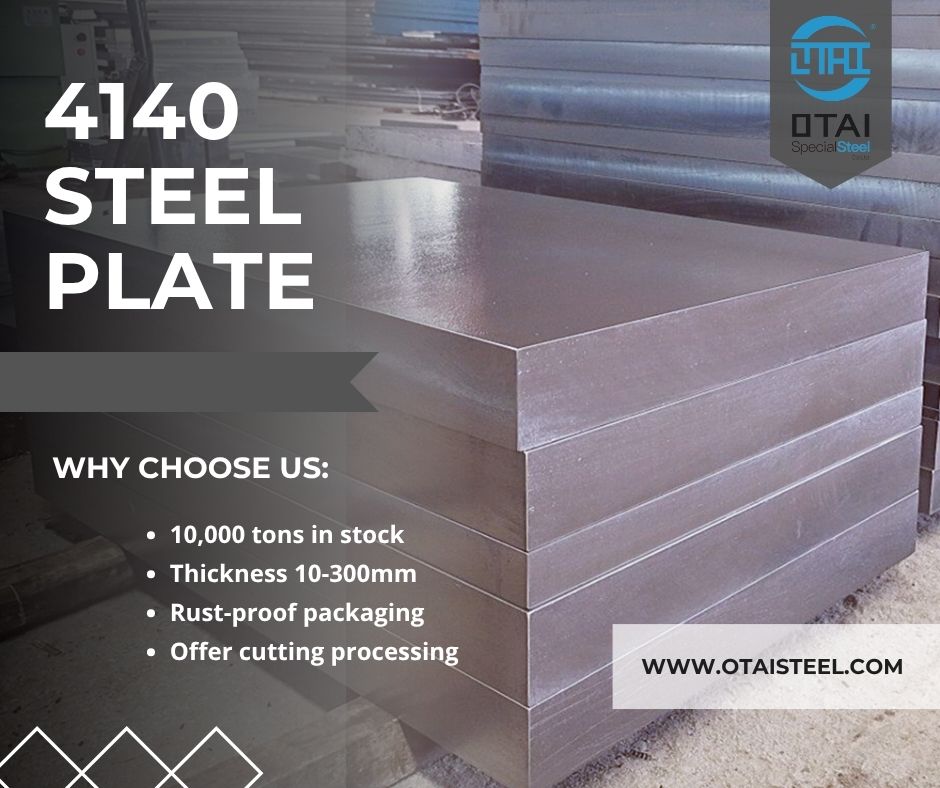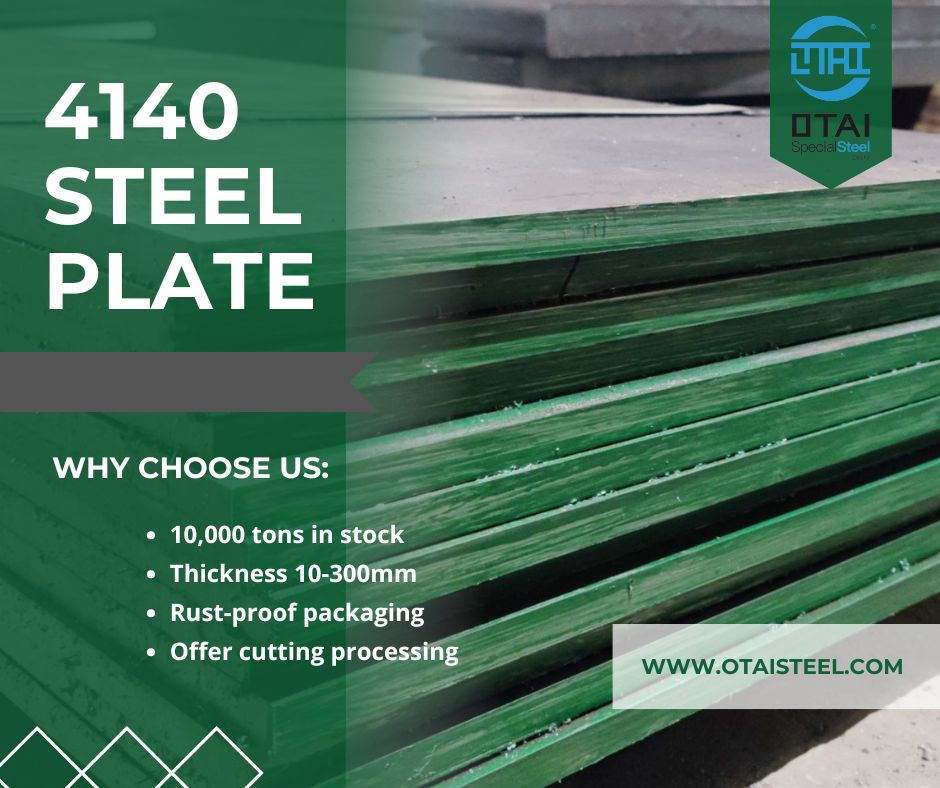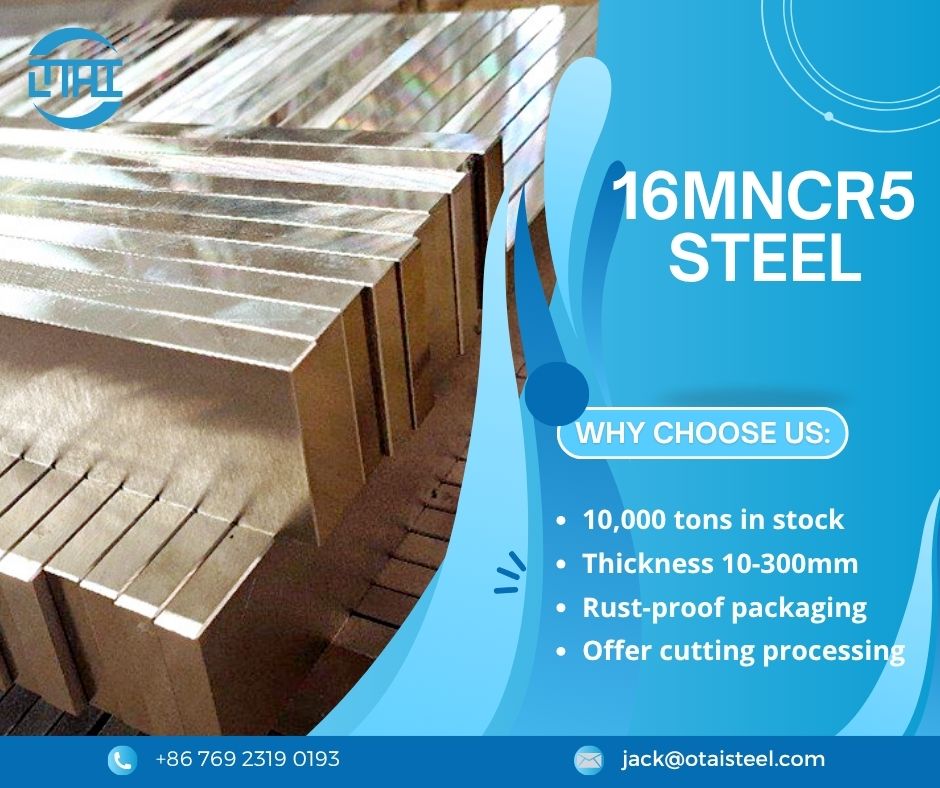 16MnCr5 Steel Grade: Equivalent Standards and Similar Steel Grades
16MnCr5 Steel Grade: Equivalent Standards and Similar Steel Grades
16MnCr5 steel is a widely used low-alloy steel known for its strength, toughness, and wear resistance. This steel is commonly found in applications such as gears, shafts, and automotive components. In this article, we will focus on the equivalent standards of 16MnCr5 steel and similar steel grades that offer comparable properties.
🧪 What Is 16MnCr5 Steel?
16MnCr5 is a manganese-chromium alloy steel, offering an excellent combination of strength, toughness, and wear resistance. It is ideal for parts that undergo high mechanical stress, such as gears, shafts, and automotive components. The chemical composition of 16MnCr5 includes:
-
Carbon (C): 0.14% – 0.19%
-
Manganese (Mn): 1.00% – 1.30%
-
Chromium (Cr): 0.80% – 1.10%
🧬 Equivalent Standards for 16MnCr5 Steel
Several international standards correspond to the 16MnCr5 steel grade. Here’s a comparison of 16MnCr5 with its equivalents from different countries:
| Steel Grade | Standard | Properties | Common Applications |
|---|---|---|---|
| 16MnCr5 | DIN 17210 | Good strength, hardness, and toughness | Gears, shafts, automotive components |
| AISI 5115 | USA | Similar strength and wear resistance | Automotive, gear shafts, machine parts |
| EN 100Cr6 | Europe | Slightly higher hardness, wear resistance | Rolling bearings, precision components |
| JIS SCM415 | Japan | High fatigue resistance, strength | Automotive parts, gears, shafts |
| DIN 1.7131 | Germany | High hardenability, strength | High-stress machinery parts, gears |
This table highlights some of the major equivalents to 16MnCr5 steel, showcasing their comparable properties and typical applications.
🏗️ Applications of 16MnCr5 and Its Equivalents
Here are some common applications for 16MnCr5 and its equivalents in various industries:
| Application | Steel Grades Used | Key Properties Needed |
|---|---|---|
| Gears & Shafts | 16MnCr5, AISI 5115, JIS SCM415 | High strength, wear resistance, toughness |
| Automotive Components | 16MnCr5, EN 100Cr6, JIS SCM415 | Fatigue resistance, strength, impact resistance |
| Heavy Machinery | 16MnCr5, DIN 1.7131, AISI 5115 | Hardness, toughness, high load resistance |
| Hydraulic Systems | 16MnCr5, EN 100Cr6, JIS SCM415 | Wear resistance, corrosion resistance |
🔄 Other Similar Steel Grades to 16MnCr5
In addition to the direct equivalents, several other steel grades have similar mechanical properties to 16MnCr5. These alternatives offer slightly different characteristics, which may be beneficial depending on specific application requirements. Here are some alternatives to consider:
| Steel Grade | Chemical Composition | Key Differences |
|---|---|---|
| AISI 5140 | Carbon: 0.38%, Manganese: 0.60%, Chromium: 0.90% | Better machinability than 16MnCr5 |
| EN 42CrMo4 | Carbon: 0.38%, Manganese: 0.60%, Chromium: 0.90%, Molybdenum: 0.15% | Higher hardness and strength |
| JIS SCr420 | Carbon: 0.20%, Manganese: 0.50%, Chromium: 0.80% | Lower cost and slightly less wear resistance |
These alternatives to 16MnCr5 are often chosen for their specific properties, such as improved machinability or higher hardness.
🏅 Advantages of Using 16MnCr5 and Its Equivalents
Using 16MnCr5 or its equivalents offers numerous benefits:
-
High Wear Resistance: Ideal for parts exposed to friction and abrasion.
-
Toughness: High impact resistance, making it suitable for dynamic and heavy-duty applications.
-
Hardenability: Capable of achieving high surface hardness through carburizing and tempering.
-
Versatility: Suitable for a wide range of industries, from automotive to machinery and heavy equipment.
💰 Cost Considerations for 16MnCr5 Steel Grade
The cost of 16MnCr5 steel is typically more affordable than high-alloy steels or stainless steels, but more expensive than standard carbon steels. Prices may vary depending on factors like region, order volume, and any required customizations such as heat treatment or machining. For competitive pricing and quality, Otai Special Steel offers tailored solutions for 16MnCr5 steel and its equivalents.
🏅 Why Choose Otai Special Steel?
At Otai Special Steel, we offer a wide selection of 16MnCr5 steel and its equivalents to meet the needs of your specific application. Here’s why we are the best choice:
| Benefit | Details |
|---|---|
| Extensive Inventory | We maintain a large stock of 16MnCr5 and equivalents in various sizes. |
| Custom Solutions | We provide cutting, heat treatment, and other tailored services. |
| Global Shipping | Fast, reliable global shipping to meet your deadlines. |
| Quality Assurance | We ensure the highest standards through stringent quality checks. |
❓ FAQ: Frequently Asked Questions
Q1: What are the best alternatives to 16MnCr5 steel?
A1: AISI 5115, JIS SCM415, and EN 100Cr6 are excellent alternatives with similar properties.
Q2: Can 16MnCr5 steel be welded?
A2: Yes, 16MnCr5 can be welded with proper preheating, especially for thicker sections, to avoid cracking.
Q3: How does 16MnCr5 compare with other steels in terms of wear resistance?
A3: 16MnCr5 offers good wear resistance compared to standard carbon steels, and its equivalents like EN 100Cr6 offer higher hardness and wear resistance, making them suitable for more demanding applications.
